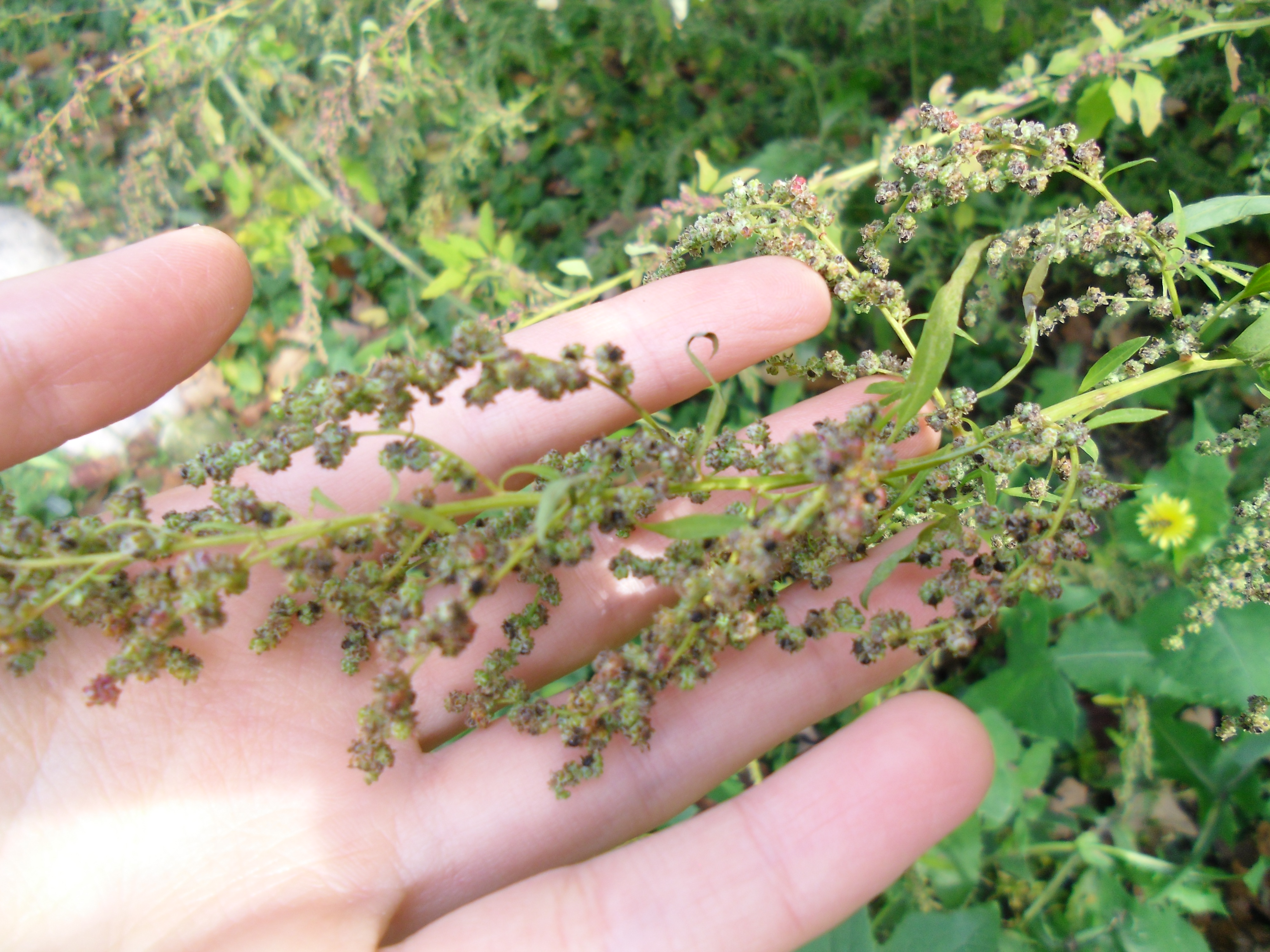

We are taking a deep dive into these “good neighbor” plants, what works well together, and what should be avoided… but more importantly, we’re explaining why these things may have positive or negative impacts on your plants!

Some plants work well together, and others just don’t. Companion Planting Companion planting, sometimes called intercropping, can be used to deter pests and improve yields.A lightweight cover will continue to protect the plants from flea beetles and leaf miners. Once the weather has warmed, remove the row cover or replace it with a lightweight mesh cover, so the plants do not have exposure to too much heat. Use a floating row cover to protect the seedlings from cold weather and insects. Thin spinach to two to four inches apart.

Thin Swiss chard to four to six inches apart. Plant seeds one-fourth to one-half inch deep, in rows 18 to 30 inches apart. There is no need to make multiple chard plantings, as the plants will not bolt due to heat or day length. In this case, the plant bolts because it perceives a “winter” that signals it to flower. Start chard somewhat later, in early to mid-May, as cold temperatures can lead to bolting.

In other parts of the state, it is best to wait until mid-August or later to sow the fall crop of spinach, to avoid summer heat. In the cooler northeastern part of Minnesota, from Duluth north, spinach planted in early August will likely flourish. Spinach planted in August for a fall crop will grow under shortening days, and will not bolt. Combine a modest harvest of spinach with other early crops such as peas, lettuce and chives for a fresh-from-the-garden meal. For a fall crop, sow seed two months before the average first frost date. For a continuous spring supply, plant spinach seeds every one to two weeks, until outdoor temperatures reach 80☏. To direct seed spinach for a summer crop, sow seeds as soon as the soil is workable in the spring. When cool weather returns in September, the plants quickly develop many leaves. In the summer, its growth will slow, but as long as the soil does not dry out, it will still grow leaves. It will not flower until the plant has lived through a winter, so there is no danger of it bolting in summer heat.Ĭhard does best in cooler weather. Many gardeners develop a liking for Swiss chard and learn to cook with it simply because it is a reliable crop. Our long days will even challenge varieties that are slow to bolt. Growers breed and select spinach varieties for resistance to bolting, but Minnesota’s northern latitude means that our day length increases quickly through the spring, to the very long days of mid-June. In June, the plants tend to bolt even in cool weather. If the weather turns hot, or the planting gets dry, a spinach planting will stop leaf production and grow a flowering stem. Drought can also accelerate bolting.ĭuring May, the days are much longer than the nights. In hot weather, plants respond more quickly to the day length signal. Spinach plants respond to increasing day length by “bolting:” sending up a flowering stalk and setting seed. An important difference between the two plants is that spinach is day length sensitive, while chard is not.


 0 kommentar(er)
0 kommentar(er)
